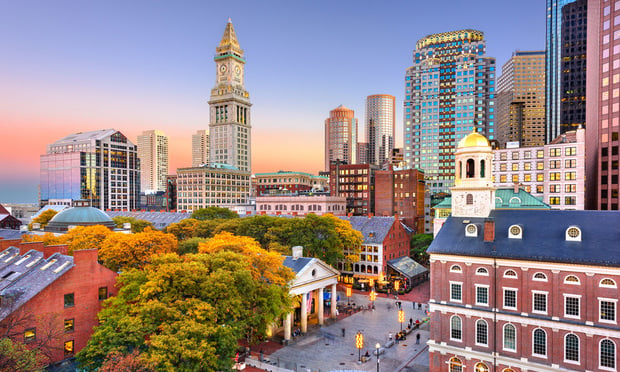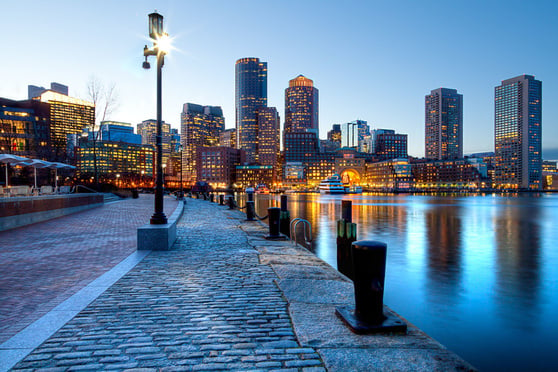BOSTON-Edward A. Fish Associates and the Asian Community Development Corp. broke ground on the Metropolitan, a mixed use project that has been in the works for nearly five years and will bring an additional 251 residential units to the city.
The $85-million project is being developed through a public/private partnership on a 43,860 sf parcel that is bounded by Harrison Avenue, Oak, Ash, and Nassau streets in Chinatown. The community planning process to revitalize the area, which is currently dominated by vacant buildings and a surface parking lot, began in 1997.
“This project will transform a primarily vacant site into much needed housing and community and retail space for this neighborhood,” says City Mayor Thomas Menino. The initial proposal for this site called for a parking garage but that was defeated in 1994. The Boston Redevelopment Authority began working with the local community to develop a community plan for the parcel's revitalization.
The plan for the Metropolitan will include 251 rental and ownership housing units that will cater to a mix of income and housing types. Of 134 rental units, 35 will be leased to low-income elderly and disabled persons. In addition, 46 will be leased to households with incomes at or below 60% of the median area income level and 13 units will be reserved for the area's homeless. Of 118 condominium units, 34 will be sold at affordable rates. The project will also create 283 parking spaces that will primarily serve the residents of the building.
Daniel Hart, director of development for Edward A. Fish Associates, LLC calls the development “the first of its kind in development, not only in the City of Boston, but in the entire nation. It is a 'neighborhood' within a development in which persons of widely disparate incomes will live together. It shows what residents, elected officials, and the government can do when it cares what happens in a community.”
The city and state provided $7 million in grants for the project. The state also contributed $64.3 million in construction and affordable housing loans as well as $7.5 million that was raised through the sale of tax credits.
The site contained seven buildings that were demolished to make room for the new development. The BRA owned most of the land, while the remaining property was owned by a local non-profit organization.
Want to continue reading?
Become a Free ALM Digital Reader.
Once you are an ALM Digital Member, you’ll receive:
- Breaking commercial real estate news and analysis, on-site and via our newsletters and custom alerts
- Educational webcasts, white papers, and ebooks from industry thought leaders
- Critical coverage of the property casualty insurance and financial advisory markets on our other ALM sites, PropertyCasualty360 and ThinkAdvisor
Already have an account? Sign In Now
*May exclude premium content© 2024 ALM Global, LLC, All Rights Reserved. Request academic re-use from www.copyright.com. All other uses, submit a request to [email protected]. For more information visit Asset & Logo Licensing.








